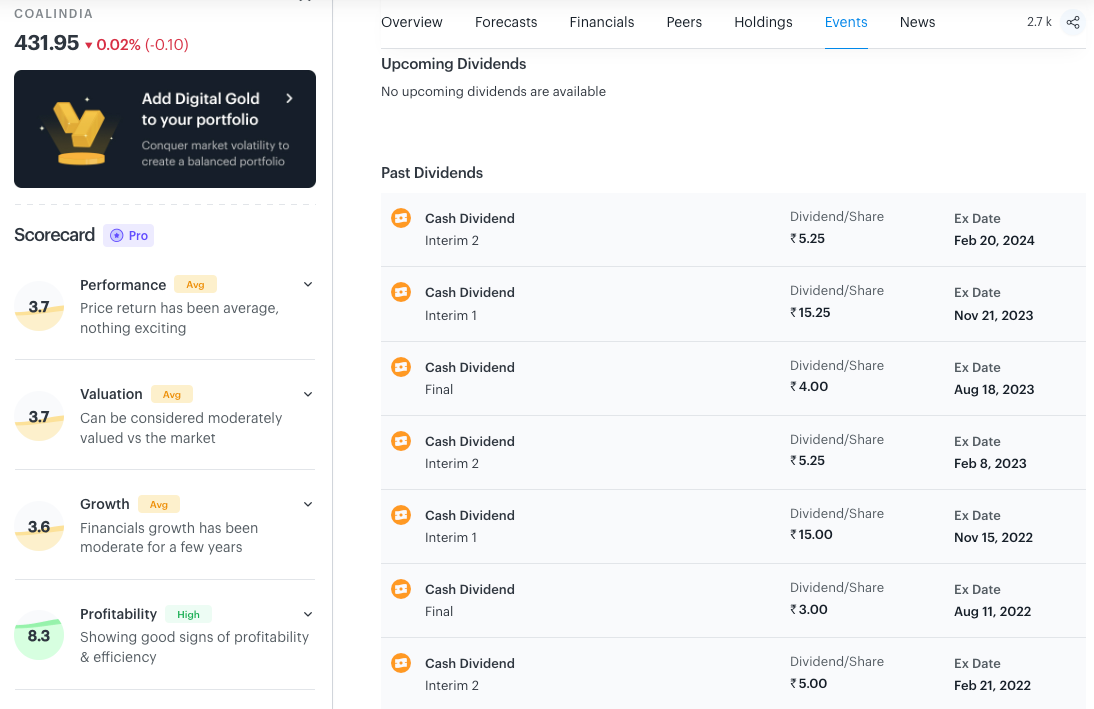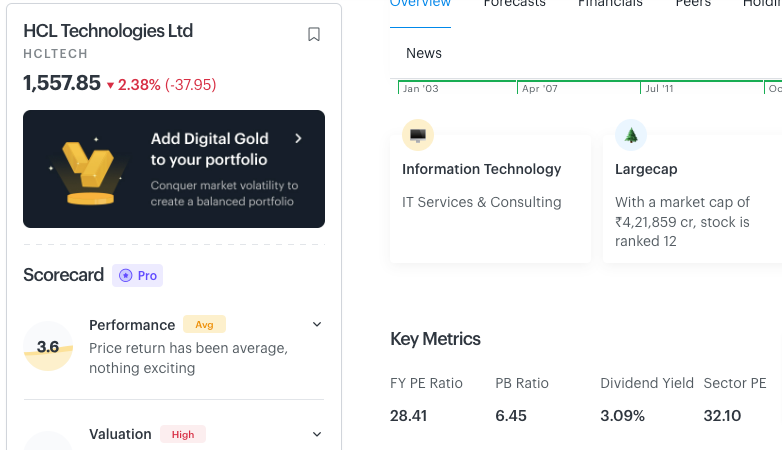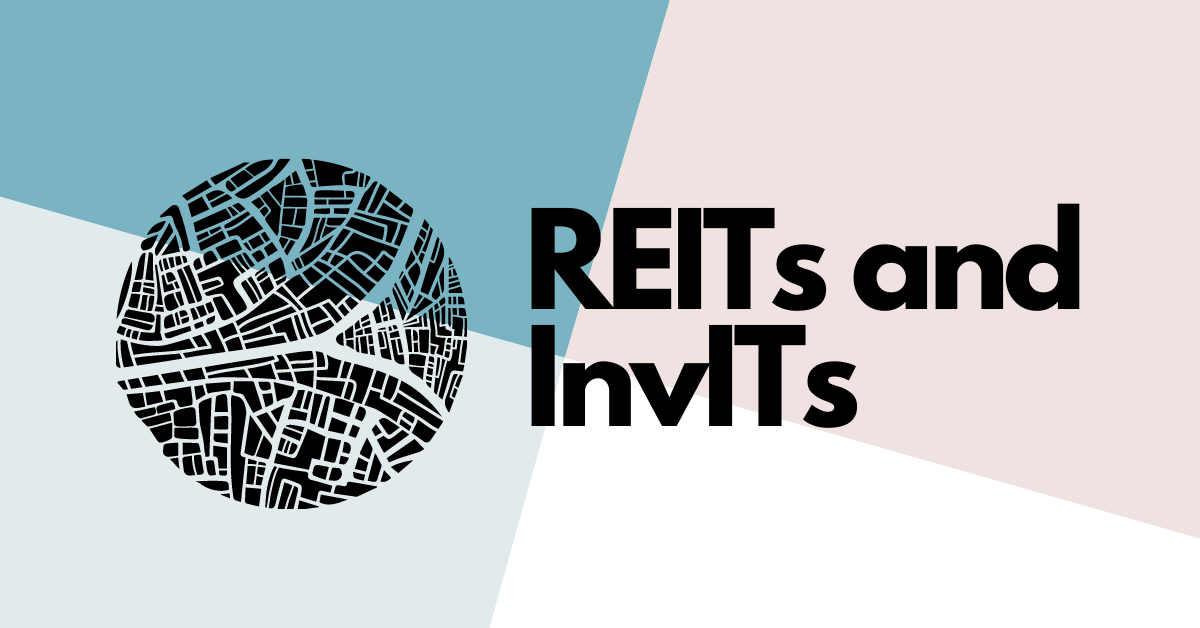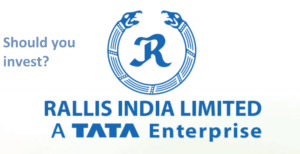What is the fuss?
In the 1600s, the Dutch East India Company pioneered a unique way of raising funds for its sea voyages. They raised money from a group of investors in return for some of the profits from their explorative journeys. Little did they know, they were laying the groundwork for what would become the stock market.

Fast-forward five centuries, and the stock market has evolved and embraced technology, making it accessible to the masses for trading and investment. Many companies dream of going public, and investors aspire to make significant returns. While many try, some manage to succeed, and few thrive.
There are many ways to lose money in the stock market, but only some to make money. In this post, I list the three ways money is made in the stock market.
Once you know how money can be made, you can be better at stock picking, being patient, and determining if the stock market is the right investment instrument for your financial goals. Let’s get started.
Note 1: I will discuss wealth creation from long-term investment, not trading or derivatives/options.
Note 2: I will not discuss short-term strategies, such as momentum, swing trading, etc., but focus on how long-term investment makes money.
Method 1: Dividends.
Companies generate profit from operations and distribute it among their shareholders as dividends. Do note that not all companies distribute profits as dividends; some may reinvest all profits to fuel their working capital requirements or invest in mergers/acquisitions, R&D, etc.
Dividends are usually distributed quarterly or half-yearly. The dividend yield is a good measure of how much return you get on the invested price.
% Dividend yield = (INR Dividends received in a year) / (Current Market Price of the Stock)
The higher the dividend yield, the higher the percentage of your invested amount you will get as dividends. Usually, a dividend yield of more than 2% is considered good.
Dividends are taxed as per your income tax slab.
Note that dividends should not be the sole criterion for investing in a company. Research the company’s management and future growth plans before investing.
Dividends are a good source of passive income. Their returns may or may not beat Fixed Deposits. Let’s look at three types of dividend-paying stocks.
Dividend Source 1: Companies
Companies pay dividends from their profits. But is there a surety of receiving dividends? What if the company decides to stop paying dividends?
To be sure, look at a company’s past 5-year dividend history. If the company consistently pays dividends, you can be sure of its continuity. If the company has been increasing dividends over the years, even better.
However, if dividends are given erratically, skipped some quarters, and have been decreasing over time, then double-check before investing.
A Public Sector Undertaking (PSU) company will usually continue to give dividends. A PSU company has to distribute its income to the government of India, which is usually the main shareholder. Hence, PSU companies are more likely to dole out dividends regularly.

Some companies, usually the large ones, pay dividends to keep their investors happy. Dividends are often seen as rewards by investors, something they get in addition to the stock price appreciation.

As of April 2024, some of the high dividend yield companies are:
PSU Companies
➡️ Coal India: 5.6% dividend yield
➡️ REC: 2.8% dividend yield
➡️ ONGC: 4.3% dividend yield
➡️ Powergrid Corporation: 4% dividend yield
➡️ Power Finance Corporation: 2.8% dividend yield
Private Companies
➡️ ITC (Indian Tobacco Company): 3.7% dividend yield
➡️ HCL Tech: 3.1% dividend yield
➡️ Redington: 3.6% dividend yield
️️️➡️ Indraprastha Gas: 3.6% dividend yield
Dividend Source 2: SGBs
The Reserve Bank of India (RBI) issues sovereign gold bonds (SGB), paper bonds issued against physical gold maintained by RBI.
SGBs give a fixed 2.5% annual interest income, paid quarterly.
SGBs are a great way to invest in a stable asset, such as gold, and earn some passive income. Read my post here on SGBs, which explains the details and benefits of investing in gold.
Dividend Source 3: Investment Trusts
This is a new and interesting source of dividends. Listed investment trusts, that can easily beat returns from Fixed Deposits and give as high as 10–12% annual dividend yield. Delicious!
Real Estate Investment Trusts (REITs) and Infrastructure Investment Trusts (InvITs) are investment vehicles that allow investors to get exposure to real estate and infrastructure projects without owning physical assets. REITs invest in real estate properties, while InvITs focus on infrastructure projects.

Corporate office developers, Shopping Mall developers, etc, launch REITs.
InvITs are launched by roadway developers, Power Transmission line operators, etc.
Examples of REITs and their dividend yields (as on April 2024):
️➡️ Brookfield India Real Estate Trust: 7.6% dividend yield.
➡️ Embassy Office Parks: 5.6% dividend yield.
➡️ Mindspace Business Parks: 5.7% dividend yield.
➡️ Nexus Select Trust: 6.3% dividend yield.
Examples of InvITs and their dividend yields:
➡️ Powergrid Infrastructure Investment Trust: 12.6% dividend yield.
➡️ India Grid: 11% dividend yield.
➡️ IRB Infrastructure Trust: 12.6% dividend yield.
I am sure we are ending the dividend method of making returns from the stock market on a juicy note 🤑. Let’s get onto the other two methods.
Method 2: Earnings Growth.
What is Earnings?
The net income a company makes in a period is called earnings. Growth in earnings indicates that a company is growing.
What happens when a company grows? Its revenue increases. Its operations have become more efficient. Its profits increase as well. Its net income, or earnings, increase. Now, what happens to the stock price?
The stock price also now increases. But why? The stock market assigns a price-to-earnings ratio to a company, also called the PE ratio.
When earnings increase, the denominator of PE increases, making the stock cheaper. Investors and fund managers like buying low and selling high. So, investors flock to buy this lower-valued stock, whose earnings have recently increased.
This leads to more demand and a limited supply of company shares. This, in turn, leads to the stock price rising till the right PE ratio is again achieved at which the said company trades.
So, there you go. Earnings growth leads to stock price appreciation. A company that consistently grows its earnings keeps appreciating its stock price and becomes a consistent compounder.
We all want stable, growing companies in our portfolio. A sure-shot way to do this is to find companies that grow their earnings year after year and stick with them for a long time.
What if a company grows its earnings faster than other listed companies in the same industry or sector? Its stock price will rise faster and higher than that of other companies.
Increases in stock prices generate wealth for investors. Earnings growth is the most common way to make money in the stock market.
Let’s look at some examples. Titan has increased its Earnings per Share (EPS) from INR 8/- in 2013 to INR 37 in 2023, a growth of 4.6 times in 10 years.

Some other examples of consistent compounders who have grown their earnings year over year are:
👉🏽 Kotak Mahindra Bank: EPS grew 5.4 times in a decade, from INR 14 in 2013 to INR 75 in 2023. Stock Price Annual returns in the same period: 16%.
👉🏽 Bajaj Finance: EPS grew 11 times in seven years, from INR 18 in 2015 to INR 190 in 2023. Stock Price Annual returns in the same period: 45%.
👉🏽 Saregama: EPS grew 20 times a decade, from INR 0.47 in 2013 to INR 9.6 in 2023. Stock Price Annual returns in the same period: 51%.
👉🏽 Persistent Systems: EPS grew 5.2 times in a decade, from INR 23 in 2013 to INR 120 in 2023. Stock Price Annual returns in the same period: 31%.
As you can see, all of the above consistent compounders have outperformed the stock market index (NIfty 50) by a wide margin. While Nifty 50 gave annual returns of 13.9% in the last ten years, all above consistent compounders have given more returns than the index.
Method 3: PE Uprating.
I discussed PE briefly above. PE = Stock Price divided by Earnings per Share. It tells how much investors are willing to pay to earn INR 1/- from a share.
However, PE has a deeper meaning. It is related to the sentiments of the overall market participants. This is where it gets confusing and interesting.
Let’s say company A is growing 10% yearly. Another company, B, is growing 30% yearly. In this case, investors will pay more for B, which is faster growing.
Thus, Company B will get a higher PE. This means that in current times, investors are willing to pay a higher price to earn INR 1/—from Company B, as they believe Company B will grow faster than Company A and give a higher stock price appreciation than A.
The more visibility investors have of future revenue generation, the higher PE the company demands.
For example, IT companies disclose their order books to give an idea of their revenue forecast. Chemical API manufacturers sign multi-year contracts with Pharmaceutical companies to give visibility into future revenue. Manufacturing companies win highway and railway bids to build a revenue roadmap.
Understanding PE may require a multi-part blog series. For now, the above should give one a gist of how investors’ sentiments assign higher PE to one company vs another.
But what does PE have to do with making money in the stock market? Well, a lot actually.
Methods 1 and 2 examined how money can be made from a company’s dividends and earnings growth. But what if there is a third way that positively improves the sentiment around a company? Yes, you are getting it now.
What if a company’s future revenue roadmap improves and it develops strong moats that cement its leadership in the industry, which others cannot easily challenge for a long time to come? With these changes, investors will be willing to pay a higher price for this company, increasing its PE.
This is called PE re-rating. It means the average PE for a stock increases.
When PE decreases, it is called PE downrating. When it increases, it is called PE uprating. PE Uprating candidates are the ones to look out for.
Let’s look at some examples to understand.
The Golden Decade for FMCG companies.
2010 to 2020 was the golden decade for FMCG companies in India. As large-cap companies emerged, their moats grew stronger with efficiencies of scale and more bargaining power.
Two apt examples are Nestle (India) and Hindustan Unilever (HUL).
Nestle’s revenue grew at just 8% per year for the last ten years (2013 to 2023). However, its stock price grew by 18% annually during the same period. How?

PE uprating is at play here. Nestle’s PE doubled from 45 in 2013 to 89 in 2023.
The same thing happened with HUL. Its revenue growth has been 8% per year for the last ten years, but its stock price grew by 14% annually for the same period. PE uprating is the driver here as well. HUL’s PE increased from 28 to 58 in this period.

How to Identify PE Uprating Stocks?
Now, this is the tricky part. It is not easy, and not that difficult either.
PE uprating can happen because multiple factors bring visibility into future revenues or create a moat for a company.
Increasing Order Book
The simplest way is to look at the order book. If the company’s order book consistently grows year over year, then it’s a sign that the company is getting better at acquiring clients and that there is an increasing need for the products/services it offers.
Favourable Government Policies
Government policies, such as subsidies, import bans, or limited licenses, can increase a business’s moat. While licenses can give a business exclusivity of operations in a domain, an import ban or anti-dumping duty can deter foreign competitors from selling their products/services in India, making domestic companies compete better.
Research Edge
R&D can give a business an edge over others. Patents, discovering a cheaper method to manufacture a chemical, etc., can increase a company’s moat.
Sunrise Sector + Good Execution
Companies operating in a sunrise sector, where market size is rapidly growing, aided by customer demand or adoption, are early signs of a PE uprating. Combined with a management team that executes well, this is a nice recipe to bet on—I mean investing into.
There can be more such factors. Research from your end and patience are required to find the triggers for PE uprating.
Parting Thoughts
If you like passive income, investing in high-dividend-yield stocks might help.
If you want to compound your wealth over time, the right bet is to select companies that grow their earnings consistently.
If you like multi-baggers in your portfolio, identifying potential PE uprating stocks is the way to go.
My favourite combination is a company that consistently grows its earnings yearly and is slowly strengthening its moat, which can lead to PE uprating in the future.
Now that you know the three ways to make money in the stock market, which suits you? Do share in the comments below.
Disclaimer: This post is based on my personal experience and is not financial advice.




